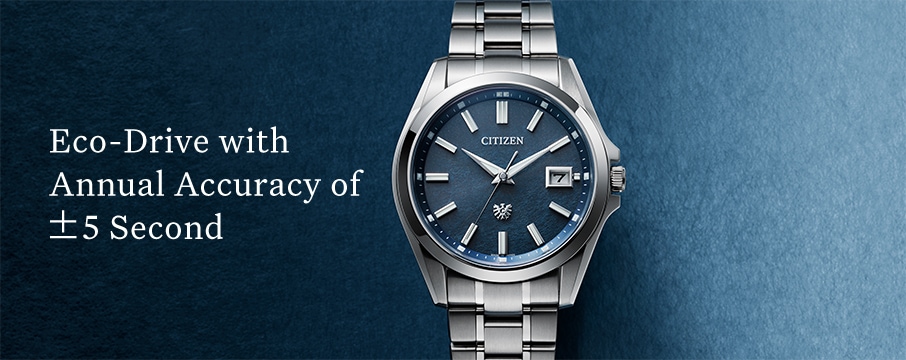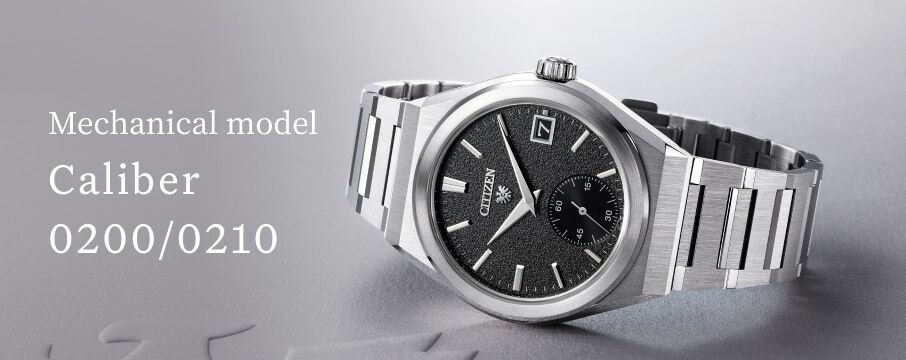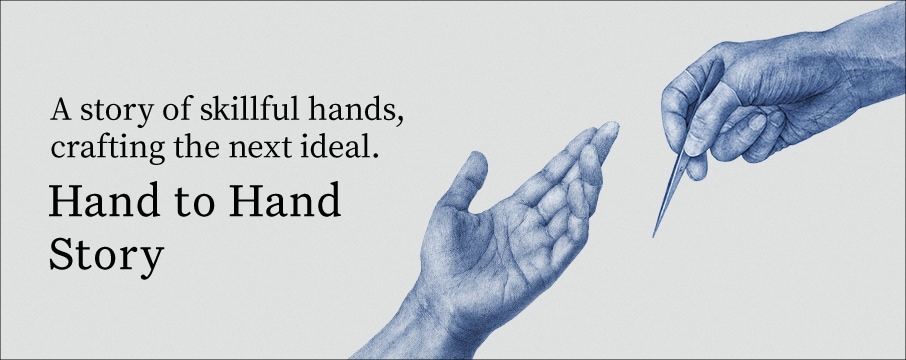600 pieces
100th Anniversary of the First CITIZEN Watch
Limited Edition Model
Eco-Drive with Annual
Accuracy of ±5 Seconds
Hand-dyed Indigo
Washi Paper Dial Model

SCROLL
In 1924, CITIZEN created its first-ever product, a pocket watch. It was given the name CITIZEN to express the idea of a watch that as many people as possible would use and cherish for a long time. Inspired by that original philosophy, we have never stopped seeking out ways to improve things in the 100 years since. Now, we have reached the milestone year of 2024. And to mark the 100th anniversary of the first CITIZEN watch comes a limited edition The CITIZEN model featuring a washi dial with a bold new design.
A colour. A mood. A feeling.
A new take on the indigo washi dial
in deep and intense ‘Japan Blue.’
The subtle, complex dial pattern,
created by dyeing ultra-thin washi
with the pole-wrap shibori technique,
makes every piece truly one of a kind.
Add a note of luminosity to your life with
this unique blend of beauty and precision.
Features
Features 01
Creating a new expression of ‘Japan Blue’
This hand-dyed indigo washi dial was created by applying an indigo-dyeing technique with deep roots in Japanese culture to ultra-thin Tosa washi. CITIZEN collaborated with Watanabe’s, an artisanal dye workshop in Tokushima Prefecture, to develop a new and striking dial pattern that’s still sufficiently light-permeable for Eco-Drive to power the watch.
What sort of design works best within the small area of a watch dial? Exploring that question culminated in this mottled design evocative of stratocumulus, a type of cloud that forms groups, lines or waves in the sky. The pole-wrap shibori dyeing technique produces a beautiful, intricate pattern on the washi. The golden second hand, meanwhile, suggests a shaft of sunlight known as a ‘crepuscular ray’ streaming through a gap between the clouds. The result is a watch that tells the time with quiet assurance as its hands float serenely in the sky.
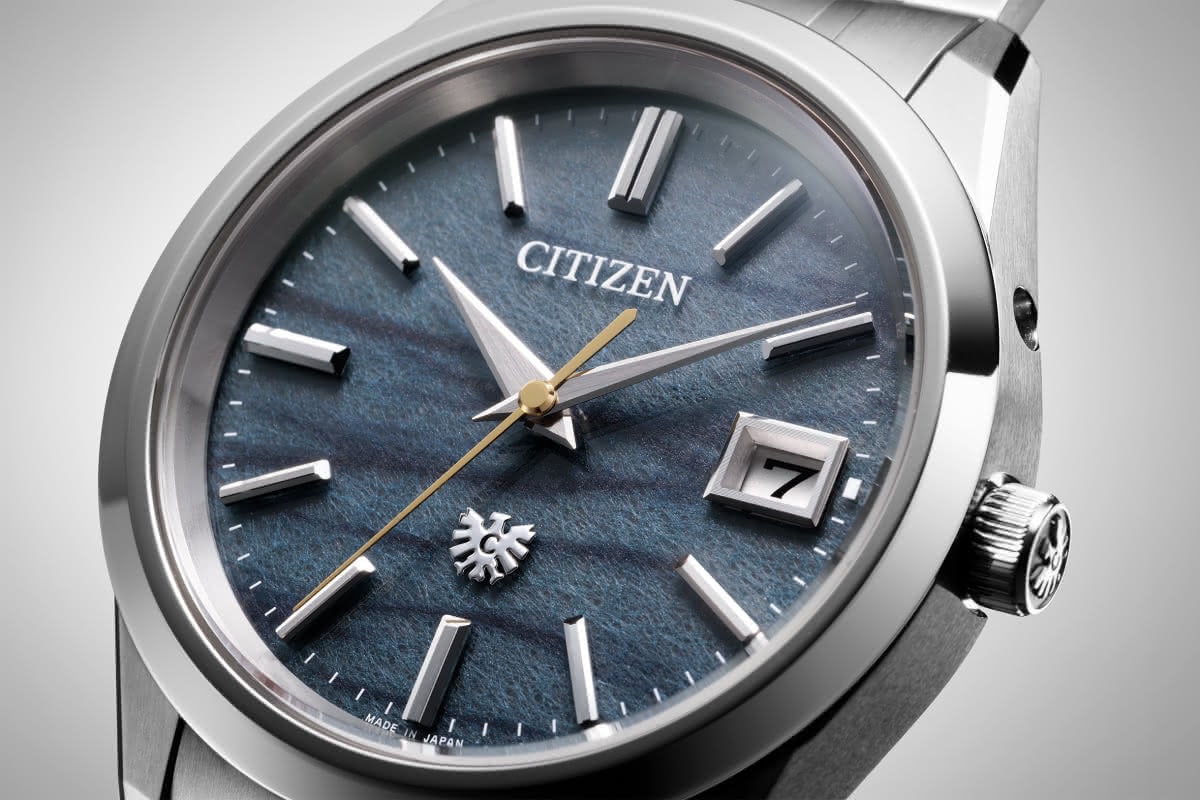
Features 02
A one-of-a-kind shibori pattern that’s forever changing
Our goal was to create the ultimate shibori-dye pattern—beautiful and fragmentary—on the dial. We chose to use the so-called pole-wrap shibori technique. Typically, the technique involves wrapping fabric around a pole, tying it with string, then scrunching it up to the top of the pole to create wrinkles and folds before dunking it in dye. Performing this process with washi rather than fabric adds a whole other level of difficulty. Fortunately, Tengu-jo washi, the ultra-thin Tosa washi we opted to use, is as strong as it is thin.
The biggest challenge when making the dial was how to dye the washi paper properly without tearing it. shibori literally means “tightening” or “squeezing,” and the tighter the fabric gets scrunched up, the smaller the gaps between the different colour patches and the more subtle and intricate the final pattern. To make this dial, we took shibori to the limits of the possible.
The use of washi was not our only innovation. We also dunked the washi in the dye mixture twice, scrunching it down a second time to create different wrinkles, pleats and folds. Repeating the process like this produced an even more delicate and intricate design perfectly in tune with the small dimensions of a watch dial. Building a layer of experimentation onto the basic pole-wrap shibori dyeing technique produced a series of dials that are genuinely one of a kind. It’s no exaggeration to say that no two of the six hundred pieces of this limited edition model have the same dial design.
The sukumo dye-liquid is made from the dried and fermented leaves of the indigo plant and lye is used to activate the fermentation process. Because both the materials and the process are wholly natural, the dye has a complex, ever-changing colouration which contains a multitude of tones and hues. In consequence, the indigo washi dial looks quite different depending on the angle of the light. This is a watch the wearer will never tire of looking at.
Learn more about making all-natural dye-liquid.
1. Coat the washi in plant-based starch and wrap it around a pole.
2. Stand the pole upright. Push the washi up so that it scrunches up at the top of the pole.
3. Dip the pole into water. (Wetting the washi will ensure it absorbs the dye equally.)
4. Scrunch the washi to the top of the pole again.
5. Dip the washi into the dye liquid until you get the desired colour.
6. Rinse the washi with water and let it dry.
7. Scrunch the washi again and dye it for a second time.
8. After the washi has dried, spread it out and dip it into the dye liquid to fine-tune the shading.
9. Rinse the washi with water and let it dry.
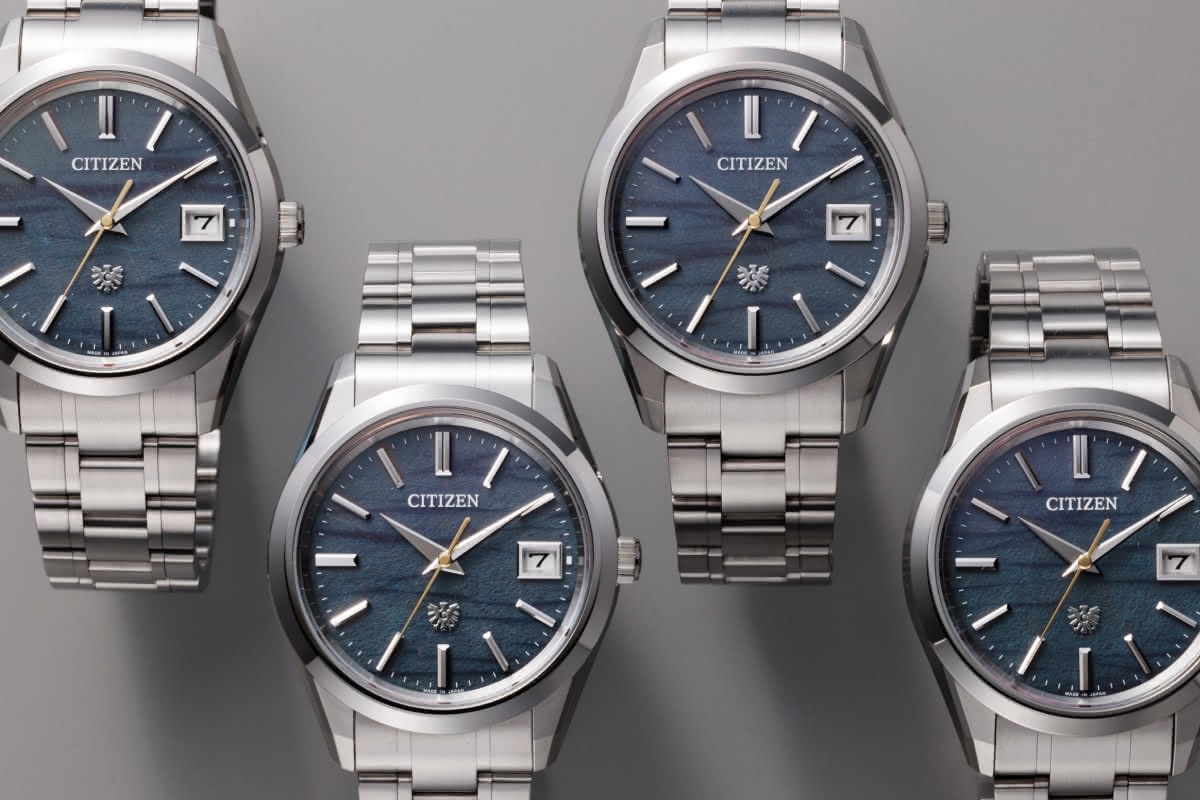
Craftsman’s comment
I wanted the washi to look like fabric
“Typically, shibori dyeing is a technique that’s applied to fabrics, so the idea of trying to create the same sort of pattern on washi was a pretty bold one. To be honest, the only reason I managed was because I used Tengu-jo washi from Tosa, a type of washi that’s strong enough not to rip when you scrunch it up into tight folds.” So says indigo dye master Kenta Watanabe, the craftsman also responsible for AQ4091-56M, another Hand-dyed Indigo Washi Paper Dial Model from The CITIZEN.
“Having to do the whole shibori dyeing process twice was really hard work. Still, I wasn’t willing to compromise on quality just because I was using washi rather than fabric. I hope that when customers pick up the watch, they’ll be struck by the beauty of the colour and the pattern and they’ll ask the store clerk if the dial material is fabric, only to be get the answer, ‘No, it’s washi.’ If that’s the sort of interaction that takes place in the store, I’ll be delighted.”
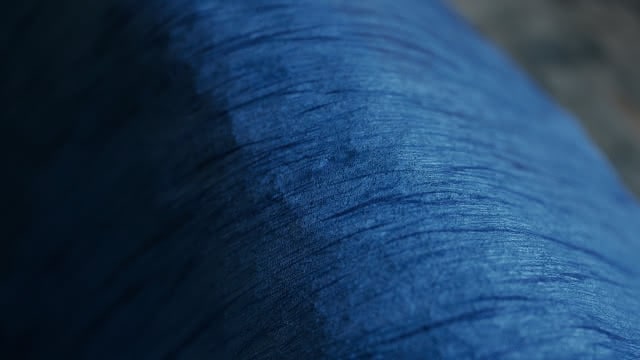
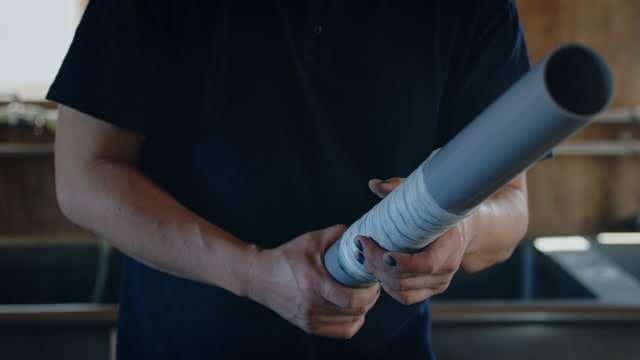
Features 03
Technologies that make a material difference
The case is Super Titanium™, a CITIZEN proprietary material developed and refined over decades, which has been treated with Duratect Platinum to give it a bright, almost transparent tone. As well as being resistant to nicks and scratches, the case will always retain its pristine shine. The hairline finish of the bracelet radiates a mood of serenity, making for a watch that works well in any setting, formal or casual.
Among the model’s many functions are a perpetual calendar (requiring no manual adjustment until February 28 of 2100) and instantaneous date change with the date switching at midnight precisely.

Line Up
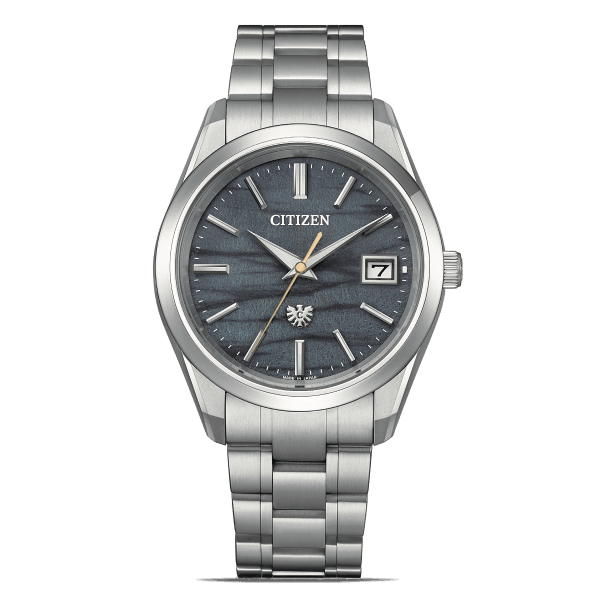
Limited Edition Model of 600 pieces
AQ4100-65L
Hand-dyed Indigo Washi Paper Dial (Tosa washi + indigo dyeing)
Super Titanium™
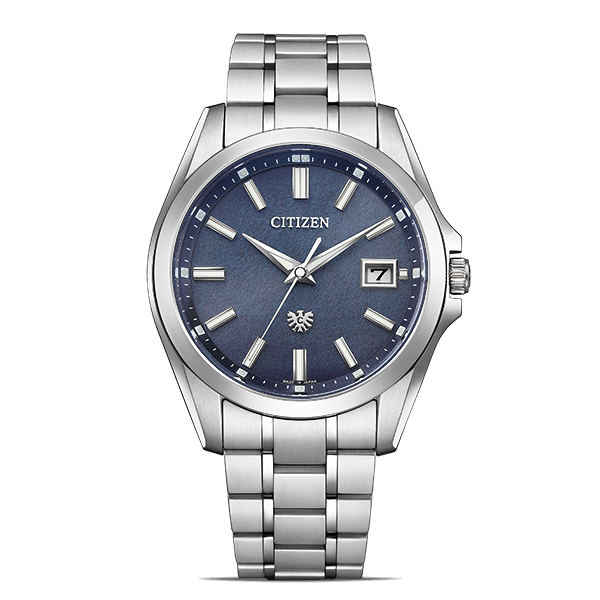
AQ4091-56M
Hand-dyed Indigo Washi Paper Dial (Tosa washi + indigo dyeing)
Super Titanium™

AQ6110-10L
Hand-dyed Indigo Washi Paper Dial (Tosa washi + indigo dyeing)
Super Titanium™ / Crocodile leather band (LWG certified)
Crafting the next ideal:
The CITIZEN
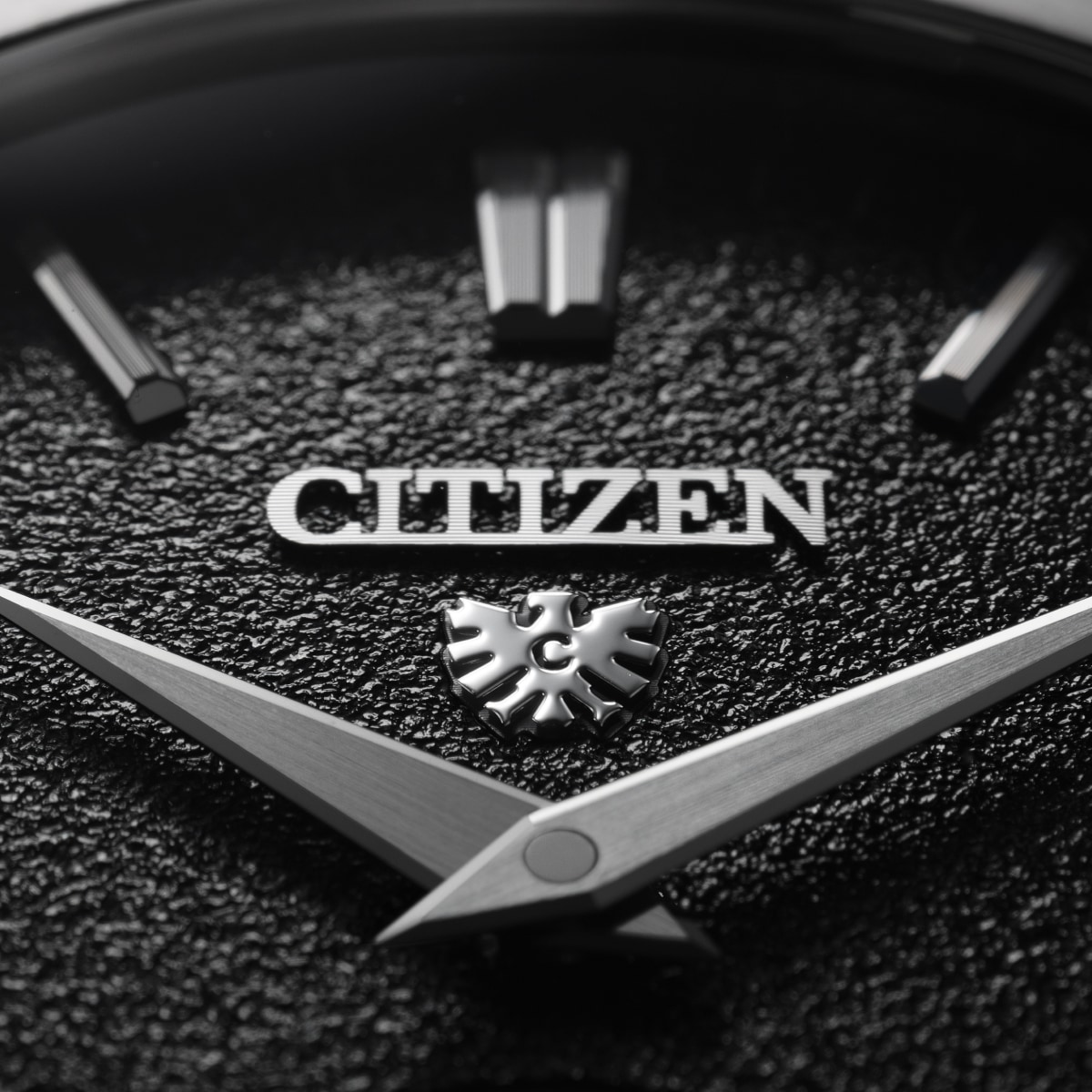
The eagle mark:
Symbol of The CITIZEN
The eagle symbolises The CITIZEN’s twin commitments to “looking ahead and pursuing the ideal” and to “becoming an integral part of users’ lives.” The mark is discreetly engraved on the dial and crown of some models.
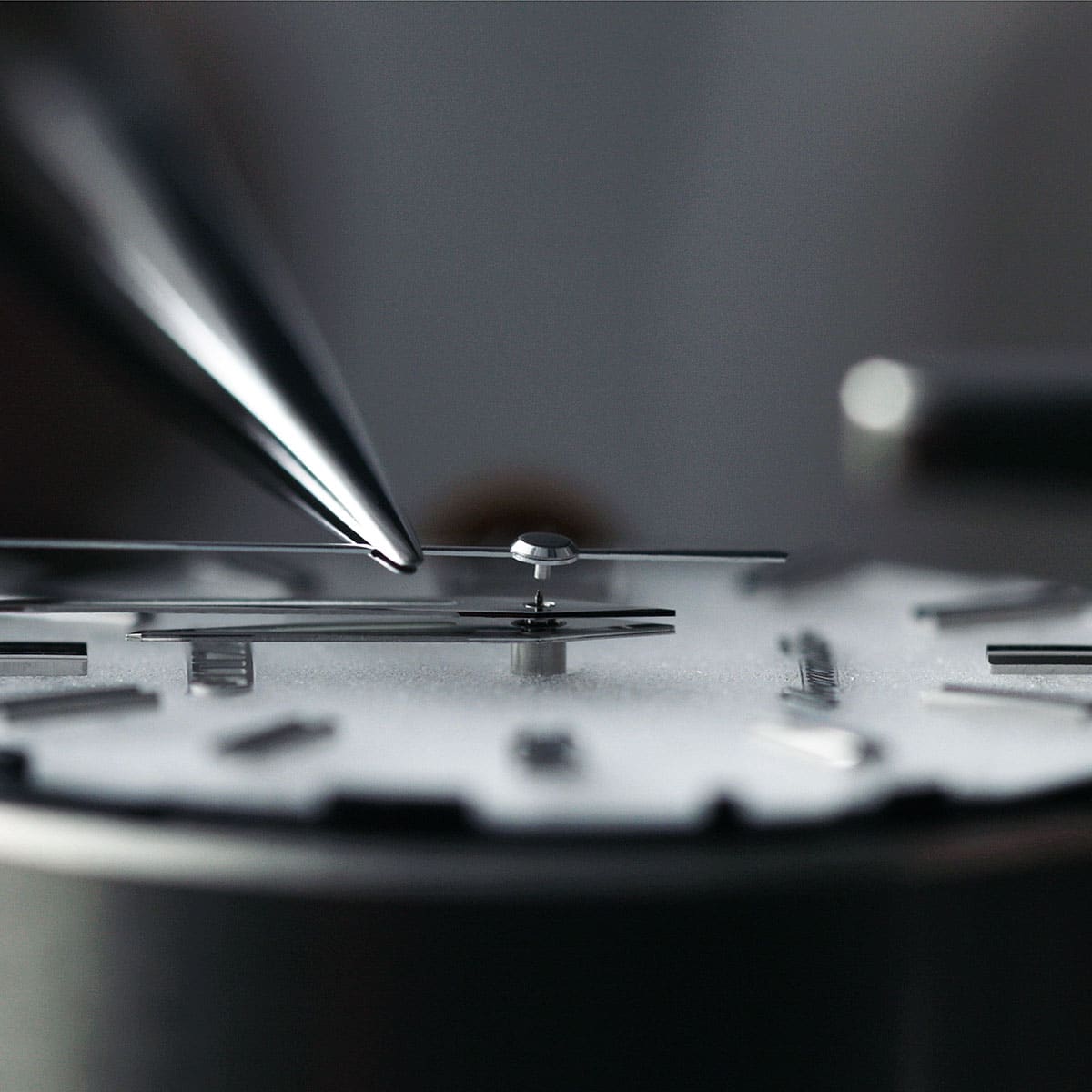
The master artisans who
breathe life into our watches
The CITIZEN watches are made at CITIZEN's special watch workshop nestled deep in the Nagano countryside. They are hand-assembled down to the last component by our highly experienced master watchmaking Meisters.











